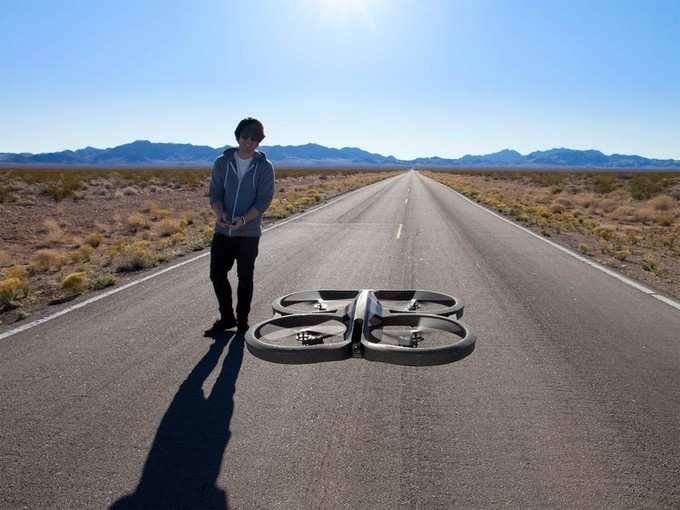
Remember watching our favourite Jetsons flying around in cars and wondering if you too could fly like them? Little did we contemplate then that we would ever get to live in a sc-fi-come-true-age. This does not stop here. Rather it begins from here. From capturing volcanic eruption to the collapse of a building,
1. The
2. The reach of drones in investigative journalism can be best established by the infamous case of the Columbia meat packing firm. In 2012, a camera drone hovering over the Trinity River near
3. In July 2014,
4. The Daily Dot used a Phantom drone for first hand footage of a building that collapsed in Harlem on March 2014. This was the first live footage of manmade disaster in the world.
5. Since the use of drones for journalism, drone journalism and war journalism go side by side. We saw its glimpses during the Thailand and
6. The University of Nebraska – Lincoln’s
7. The winter flooding in the UK provided the latest opportunity to test the capabilities of UAVs for video news gathering. A DJI Phantom 2 quadcopter filmed the floods of the River Severn in and around Worcester, capturing the scale of the floods.
8. 60 minutes used a drone to get some otherwise hard-to-get footage of the half-sunken
9. The applications of drones in journalism took an amazing turn when Drone Maker DJI demonstrated a spectacular video of its Phantom drone flying into a volcano in the Tanna island of
10. Now it’s time for a sneak peek into the future of drone journalism. Berkeley Techraking saw some of the most fascinating ideas which if put to pieces would bring about a revolution in the world of journalism. This story is about the winner of the show and his idea. The winner Drone Hound, led by Reveal Senior Editor Andrew Donohue proposed a technology that would allow the drones to collect air samples from high polluted areas and transmit the data to mobile app. The app would notify the users of the effected community when the pollution level of that area reaches the notified level. It would be an effort to control the pollution by transmitting data over space and time.
(image credits: windowscentral.com)